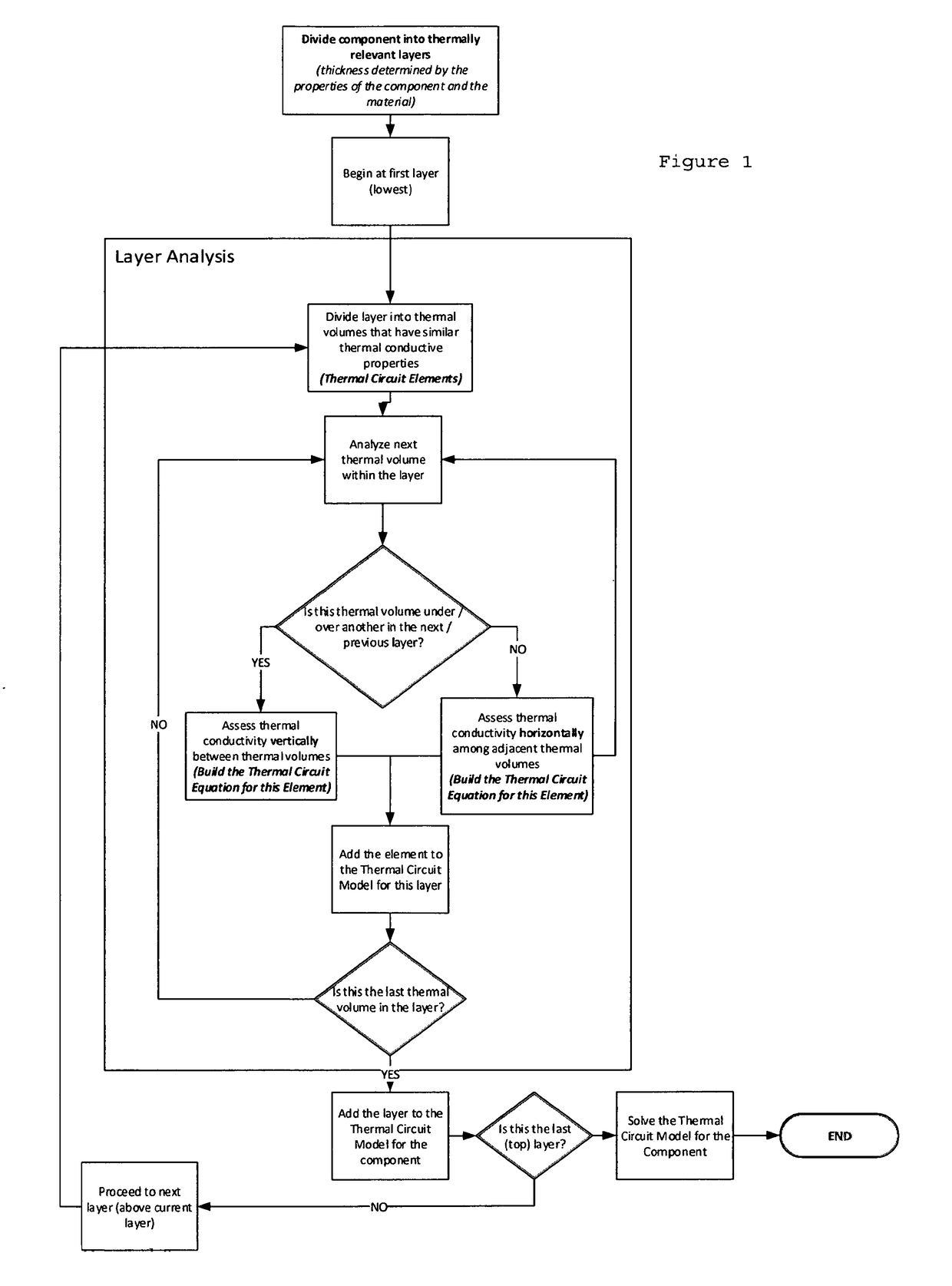Methods of Manufacturing
a manufacturing method and additive technology, applied in the field of additive manufacturing processes, can solve the problems of part separating from the planned shape, affecting the overall process of building the finished product, and affecting the use effect,
- Summary
- Abstract
- Description
- Claims
- Application Information
AI Technical Summary
Benefits of technology
Problems solved by technology
Method used
Image
Examples
Embodiment Construction
[0020]The present invention has applications for a wide range of additive manufacturing processes, but is particularly useful where finite element analysis techniques are being used in the part optimization portion of the manufacturing process. In general, preferred embodiments of the present invention will follow the four-step process described above, except that the finite element analysis step is streamlined. This allows for substantially less computational power to be required at the part manufacturing site, and faster set-up time.
[0021]The present invention recognizes, for example, that the most significant thermal effects in a part formed from powdered metal typically occur where the boundaries between the thermal volumes being examined by finite element analysis have different characteristics or parameters. For example, this can occur where the metal of a given volume becomes adjacent to a volume of non-metal (such as air). The thermal effects at the boundaries of volumes hav...
PUM
| Property | Measurement | Unit |
|---|---|---|
| volumes | aaaaa | aaaaa |
| mass | aaaaa | aaaaa |
| shape | aaaaa | aaaaa |
Abstract
Description
Claims
Application Information
 Login to View More
Login to View More - R&D
- Intellectual Property
- Life Sciences
- Materials
- Tech Scout
- Unparalleled Data Quality
- Higher Quality Content
- 60% Fewer Hallucinations
Browse by: Latest US Patents, China's latest patents, Technical Efficacy Thesaurus, Application Domain, Technology Topic, Popular Technical Reports.
© 2025 PatSnap. All rights reserved.Legal|Privacy policy|Modern Slavery Act Transparency Statement|Sitemap|About US| Contact US: help@patsnap.com

